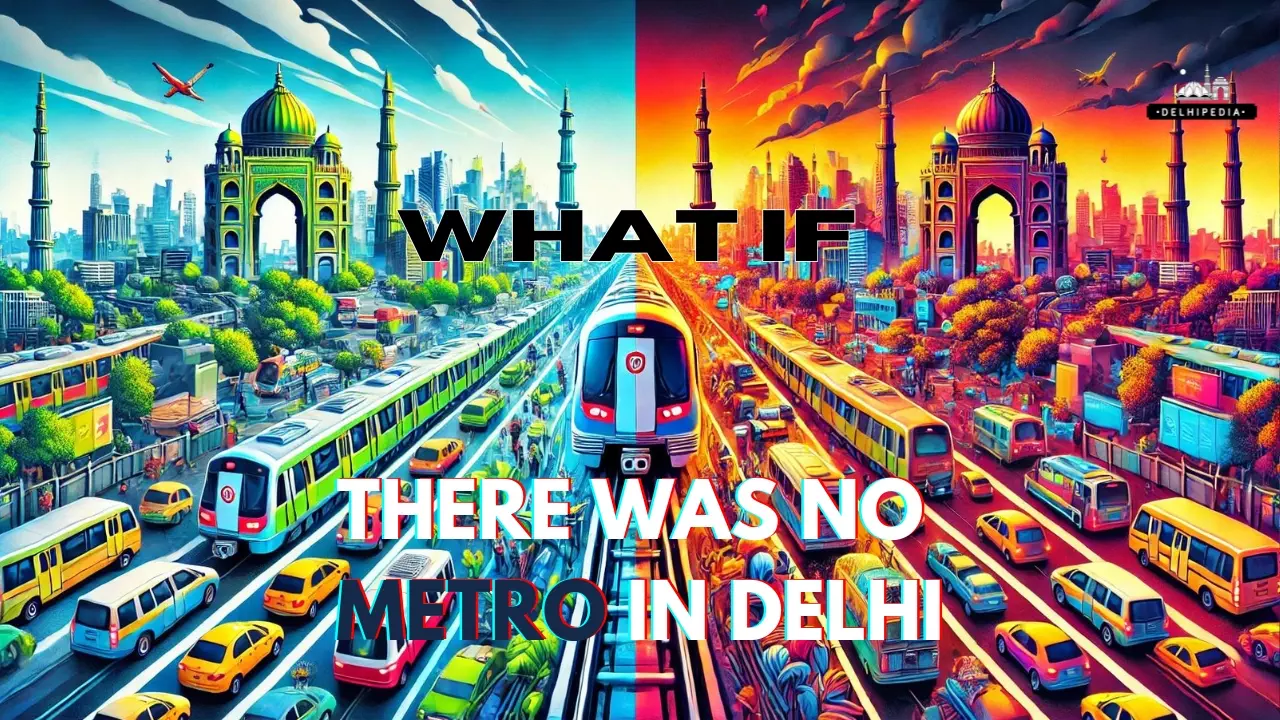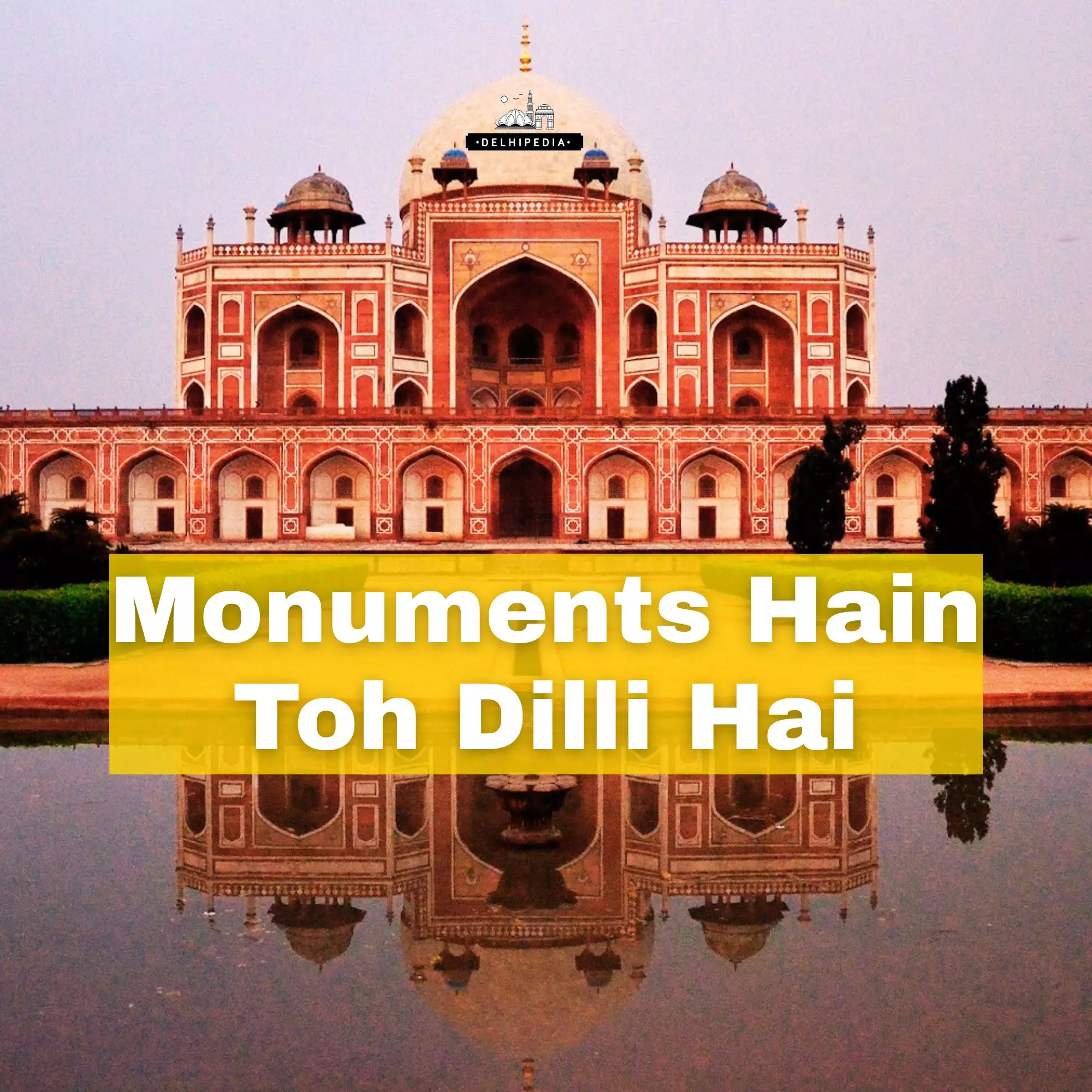What if Delhi Didn't Have the Metro?
Delhi is a city filled with countless beautiful things to experience, drawing visitors from all over the country. Among these gems, one stands out that has transformed how we navigate and live in the city — the Delhi Metro. Its true importance is only realized once you experience it firsthand. The Metro has become an integral part of life in Delhi, as famous for its convenience as it is for the many Instagram reels filmed inside its sleek compartments.
But have you ever wondered — what if there were no Metro in Delhi?
Without it, so much of our daily life would change. That woman might have never straightened her hair in the train mirror, that couple might have never found love while sharing a ride, and she might have never had that unforgettable Holi experience with her friends.
But beyond these little moments, there’s a bigger question: What would Delhi be like without the Metro?
Navigating Delhi
Without the Metro, getting around Delhi would have been an overwhelming challenge. The Metro has completely transformed our daily commute, making it more accessible and time-efficient. If it didn’t exist, Delhi’s population would have to rely heavily on buses, auto-rickshaws, and private vehicles.
This would result in more severe traffic jams and significantly longer travel times. Can you imagine people commuting from Noida to Gurgaon feeling like they need to set up camp inside their cars?
Environmental Impact
The absence of the Metro would lead to an increase in vehicles on the road, which would mean more pollution. Delhi’s air quality is already a concern, and without the Metro, the situation would be much worse. In this alternate reality, people might have to carry an oxygen cylinder along with their water bottles just to get through the day!
Economic Consequences
The Metro has also spurred economic growth in the city, creating thousands of jobs and boosting commercial activity around its stations. In a world without the Metro, these job opportunities and economic growth would be significantly reduced.
For many families, this would mean struggling to put food on the table, as the absence of the Metro would diminish access to employment and commercial development.
Social and Cultural Impact
One of the Metro’s biggest contributions to Delhi is the way it has connected different parts of the city, creating a more integrated social fabric. In a world without it, the city would feel much more divided, with people in different areas finding it difficult to connect.
Many friendships and social circles that exist today would likely never have formed because of the physical distance separating people.
Impact on Real Estate
The introduction of the Metro led to a significant rise in property values around its stations. Areas that were once overlooked have now become prime real estate, thanks to easy access to public transport. Without the Metro, this appreciation in property value wouldn’t have happened, and urban development would have remained concentrated in central areas, leaving the outer regions underdeveloped.
Cultural Shift
The Delhi Metro is more than just a transportation system — it’s a symbol of the city’s progress and modernization. Without it, Delhi would not be seen as the forward-looking, modern city that it is today. The Metro represents growth, convenience, and a move towards a smarter, more connected urban lifestyle.
Thankfully, we don’t have to imagine this reality. The Delhi Metro is here, making our lives easier and helping the city evolve every day.
So, how did you like this alternate reality? Share this article and drop a comment with your ideas for our next WHAT IF story!




